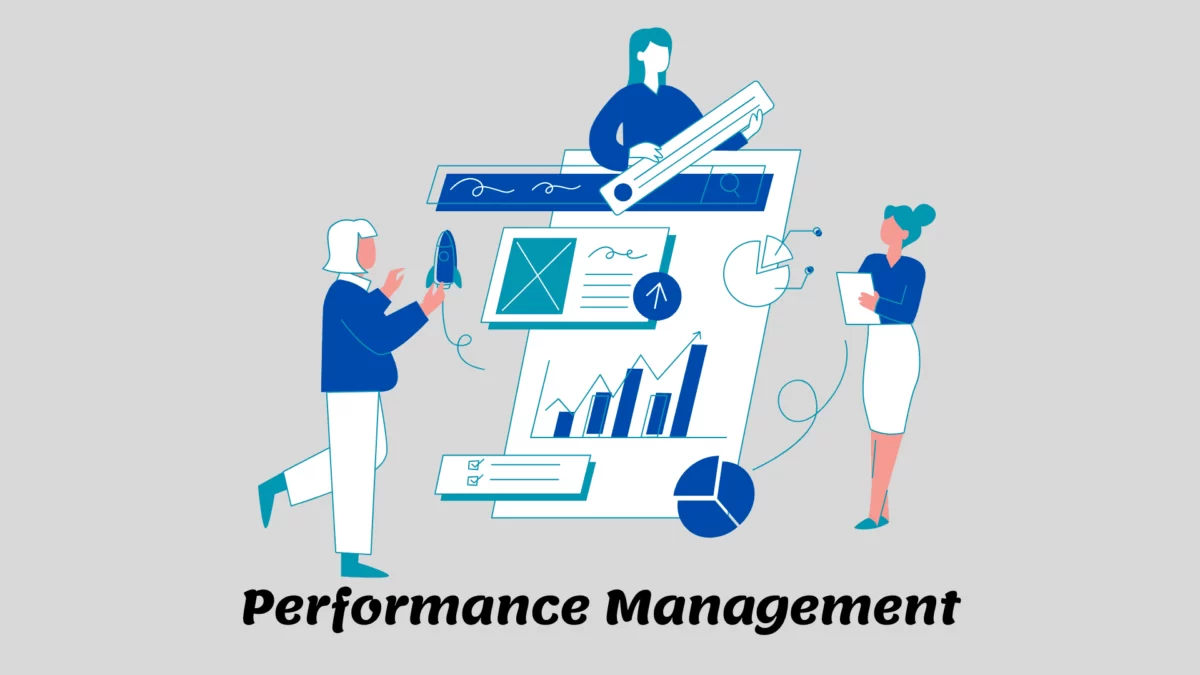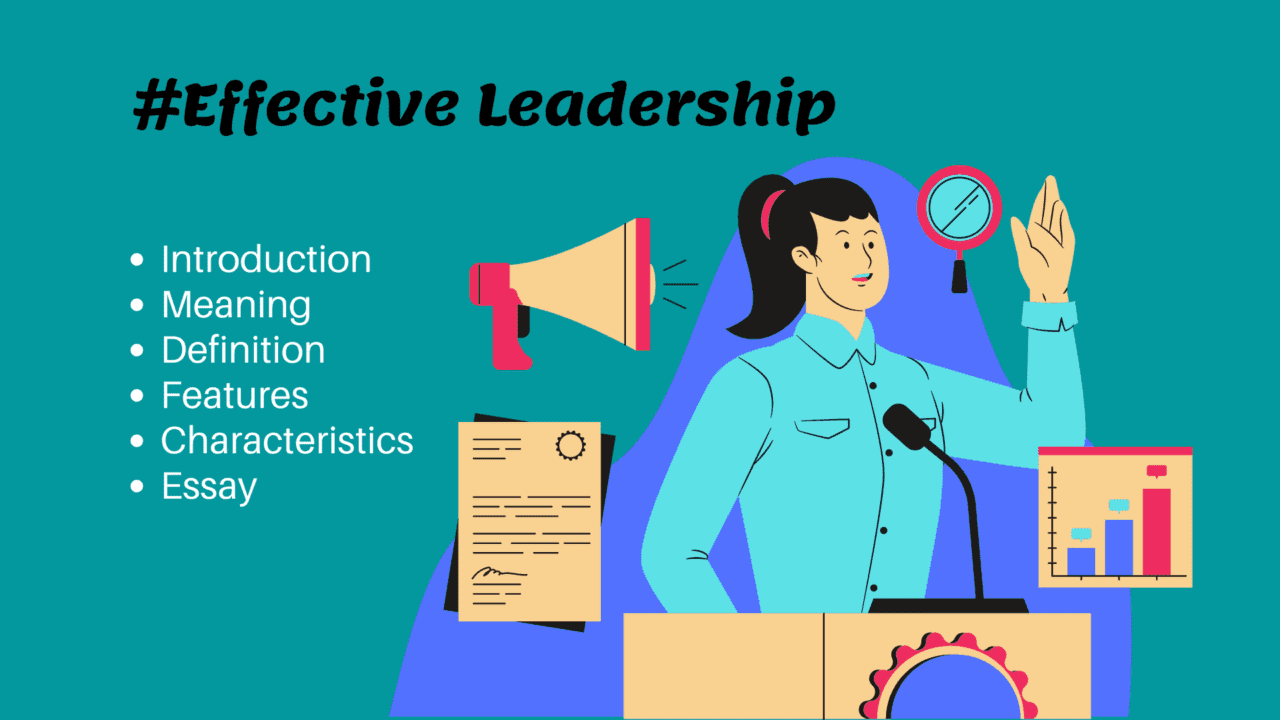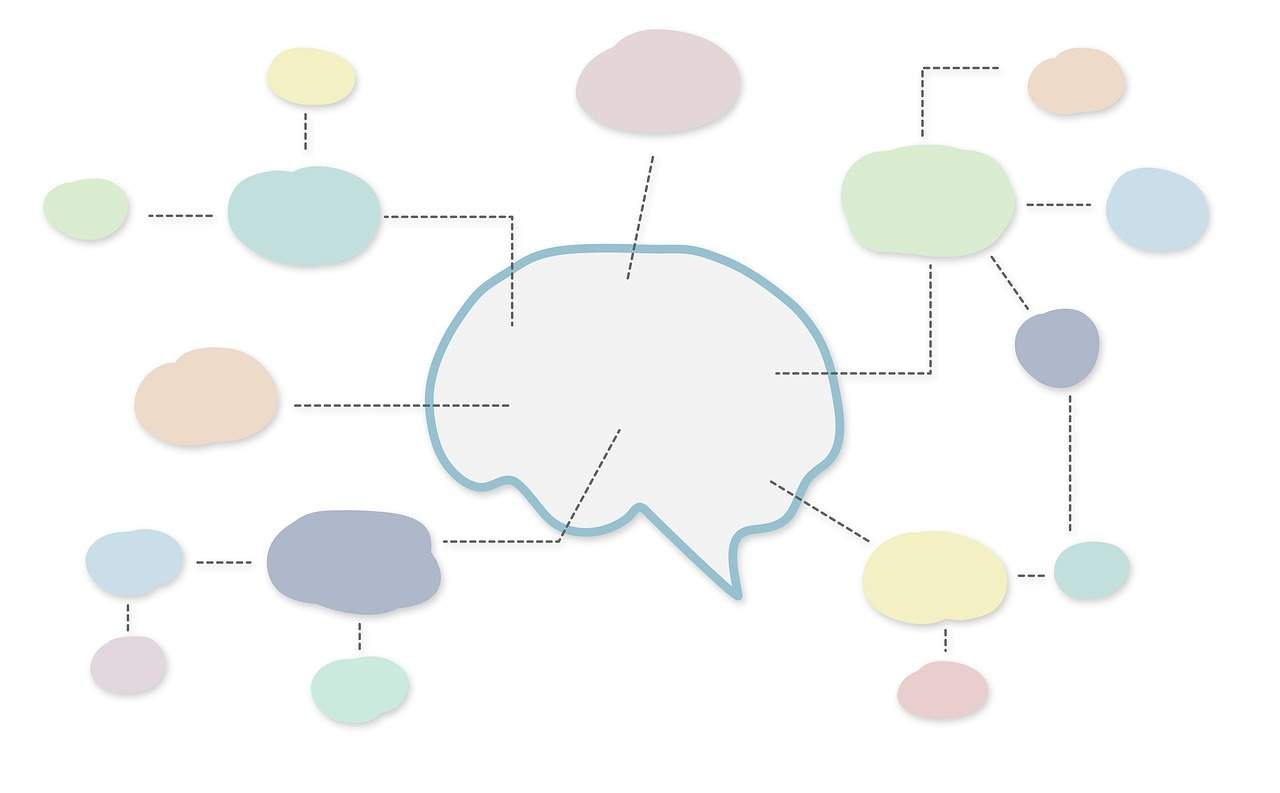Stay ahead of the competition with the best internet advertising campaigns. Learn how to create engaging display ads and run successful PPC campaigns on search engines.
Definition of Internet Advertising
Internet advertising, also known as online advertising or digital advertising, refers to the practice of promoting products or services over the internet. It encompasses a variety of formats and channels to reach a wide audience, leveraging the power of digital technology to target specific demographics, track user engagement, and measure campaign effectiveness. Internet advertising aims to drive traffic, generate leads, and increase sales through strategic messaging and creative content.
Types of Internet Advertising
1. Display Advertising
Display ads are visual advertisements that appear on websites, apps, and social media platforms. They can come in the form of banners, images, or videos, and are designed to catch the user’s attention and encourage clicks.
2. Search Engine Advertising
This type of advertising includes pay-per-click (PPC) campaigns, where advertisers bid on keywords to have their ads displayed on search engine results pages (SERPs). Google Ads is a prime example of this format, allowing businesses to reach users actively searching for related products or services.
3. Social Media Advertising
Social media platforms like Facebook, Instagram, Twitter, and LinkedIn offer dedicated advertising features, allowing businesses to create and target ads based on user demographics, interests, and behaviors. This type of advertising can include sponsored posts, stories, and video ads.
4. Email Marketing
Email marketing involves sending promotional messages directly to a user’s inbox. Businesses can segment their audience and tailor their content to promote products, share news, or offer discounts, enhancing customer engagement and retention.
5. Affiliate Marketing
In affiliate marketing, businesses partner with affiliates who promote their products or services in exchange for a commission on sales generated through their referrals. This method leverages the affiliates’ audiences and can be an effective way to drive traffic and sales.
6. Influencer Marketing
This form of advertising involves collaborating with influential individuals on social media or blogs to promote products or services. Influencers leverage their followers’ trust, enabling brands to reach niche markets authentically.
7. Native Advertising
Native ads are designed to blend seamlessly with the content of the platform on which they appear. They provide value in the form of content, making them less intrusive and more engaging for the audience compared to traditional ads.
8. Video Advertising
Video ads can appear before, during, or after video content on platforms like YouTube and social media. They can be short and engaging and tend to capture viewers’ attention more effectively than static ads.
These various types of internet advertising offer businesses diverse strategies to connect with potential customers, enhance brand awareness, and drive sales in the digital marketplace. You may understand the all types of internet advertising, now next you maybe going to learn 8 best internet advertising campaigns, who really best doing their growth for.
8 Best Internet Advertising Campaigns
The following 8 best internet advertising campaigns below are;
1. Dove’s “Real Beauty” Campaign
Dove launched the “Real Beauty” campaign in 2004, celebrating natural beauty by featuring real women of various shapes, sizes, and backgrounds. The campaign challenged beauty stereotypes and emphasized self-esteem, resonating deeply with consumers and sparking discussions worldwide.
2. Old Spice’s “The Man Your Man Could Smell Like”
This campaign revitalized the Old Spice brand, using humor and charm to appeal to both individuals. The video went viral, leading to a series of memorable ads featuring the charismatic “Old Spice Guy,” which generated a significant increase in sales and brand awareness.
3. Nike’s “Just Do It”
Nike’s iconic slogan, introduced in 1988, remains one of the most effective advertising campaigns. The campaign emphasizes determination and ambition, inspiring athletes and everyday individuals alike. It has successfully positioned Nike as a leading brand in sportswear and athletic motivation.
4. Coca-Cola’s “Share a Coke” Campaign
Launched in 2011, this campaign encouraged consumers to find Coca-Cola bottles with their names on them. This personalized approach created a buzz on social media, leading to increased sales and brand engagement as people shared photos of their personalized bottles.
5. Always’ “Like a Girl”
This empowering campaign aimed to redefine the phrase “like a girl,” transforming it from an insult into a source of pride. The message resonated with many, leading to widespread support and discussions about gender equality and self-confidence.
6. Apple’s “Get a Mac” Campaign
The “Get a Mac” ads cleverly personified Macs and PCs, highlighting the benefits of Apple computers in a humorous and relatable way. The campaign significantly boosted Apple’s market share against its competitors by emphasizing ease of use and innovation.
7. Google’s “Year in Search”
Each year, Google releases a video summarizing the most searched topics. These videos evoke emotional responses and showcase the power of search, enhancing Google’s brand image as a reliable source of information and insight into global events and trends.
8. Amazon’s Prime Day Promotion
Amazon created a shopping holiday with Prime Day, offering exclusive deals to Prime members. The event generated massive sales, increased subscriptions, and established Prime Day as a major retail day for online shopping enthusiasts worldwide.
These best internet advertising campaigns demonstrate the power of effective messaging, creativity, and emotional resonance in digital marketing strategies.
Key Elements of an Effective Campaign
1. Clear Objectives
Define what you want to achieve with your campaign. Whether it’s brand awareness, lead generation, or sales conversion, having clear and measurable objectives is essential for success.
2. Target Audience Understanding
Identify and understand your target audience. Analyze their demographics, interests, behaviors, and pain points to tailor your messaging and choose the right channels for engagement.
3. Creative Messaging
Develop compelling and creative messages that resonate with your audience. Use storytelling, emotion, and strong calls to action to capture attention and drive engagement.
4. Multi-Channel Approach
Utilize a mix of channels to maximize reach. Incorporate various platforms such as social media, email, search engines, and display ads to create a cohesive omnichannel experience.
5. Consistent Branding
Maintain consistent branding across all campaign elements, including visuals, tone, and messaging. This helps reinforce brand identity and builds trust with consumers.
6. Budget Management
Allocate your budget wisely across different channels and formats. Monitor spending and adjust as necessary to ensure optimal return on investment (ROI).
7. Data Tracking and Analytics
Implement tracking mechanisms to measure campaign performance. Utilize analytics tools to gather insights on user engagement, conversions, and overall effectiveness, allowing for data-driven decision-making.
8. Adaptability
Be prepared to adapt your campaign based on performance data and feedback. Flexibility to make changes can enhance overall effectiveness and responsiveness to audience needs.
Best Practices
1. A/B Testing
Conduct A/B testing to compare different ad versions, headlines, or images. This helps identify what resonates most with your audience and can significantly improve campaign performance.
2. Optimize for Mobile
Design campaigns with mobile users in mind, ensuring that content is easily accessible and engaging on various devices. This is crucial as mobile traffic continues to grow.
3. Leverage User-Generated Content
Encourage customers to share their experiences with your brand. User-generated content can enhance authenticity and trust, showcasing real-life applications of your products or services.
4. Incorporate Social Proof
Use testimonials, case studies, and reviews to build credibility. Social proof can boost consumer confidence and persuade potential customers to make a purchase.
5. Engage with Your Audience
Foster two-way communication by engaging with your audience through comments, messages, and replies. This builds relationships and encourages loyalty.
6. Monitor Trends and Adapt
Stay informed about industry trends and consumer behavior changes. Adapting to these trends can help keep your campaigns relevant and effective.
7. Plan for Follow-ups
Create strategies for follow-up communications or retargeting. Nurturing leads post-campaign helps convert interest into sales and strengthens customer relationships.
8. Evaluate and Learn
After the campaign, thoroughly evaluate its success against your defined objectives. Analyze what worked and what didn’t, and use these insights to inform future campaigns.
Incorporating these key elements and best practices can significantly enhance the effectiveness of your advertising campaigns, driving better results and higher engagement from your audience.
Internet Advertising Platform Comparison
When it comes to internet advertising, choosing the right platform is crucial for achieving your marketing goals. Below is a comparison of popular internet advertising platforms based on various criteria to help you make an informed decision.
| Platform | Ad Formats | Targeting Options | Best For | Pricing Model |
|---|---|---|---|---|
| Google Ads | Text ads, display ads, shopping ads, video ads | Keyword targeting, demographics, interests | Businesses looking to reach users actively searching | Pay-Per-Click (PPC), Cost-Per-Thousand Impressions (CPM) |
| Facebook Ads | Image ads, video ads, carousel ads, stories | Demographics, interests, behaviors, custom audiences | Brands wanting to engage users based on social data | PPC, CPM, Cost-Per-Action (CPA) |
| Instagram Ads | Image ads, video ads, stories, shopping ads | Interests, behavior, demographics | Brands targeting a younger demographic with visual content | PPC, CPM |
| LinkedIn Ads | Sponsored content, InMail, text ads | Professional demographics, job titles, industries | B2B companies aiming for professional audiences | PPC, CPM |
| Twitter Ads | Promoted tweets, trends, accounts | Interests, followers, keywords | Brands wanting to engage in real-time conversations | PPC, CPM |
| YouTube Ads | Video ads, bumper ads, overlay ads | Demographics, interests, keywords | Brands looking to leverage video content for engagement | PPC, CPM |
| Amazon Ads | Sponsored products, display ads | Shopping behavior, interests | E-commerce businesses seeking visibility on Amazon | CPC (Cost-Per-Click) |
| Pinterest Ads | Promoted pins, video pins | Interests, keywords, demographics | Brands targeting visually-driven consumers | CPC, CPM |
Key Considerations
- Know Your Audience: Understand where your target audience spends their time and which platforms they engage with the most.
- Ad Formats: Consider the type of content you want to create and choose a platform that supports the format that best fits your campaign objectives.
- Budget: Assess your budget and choose a platform with pricing models that align with your monetary constraints and expected ROI.
- Performance Tracking: Look for platforms that provide robust analytics and tracking features to measure the effectiveness of your campaigns.
By weighing these factors and comparing the various advertising platforms, you can select the one that best meets your advertising needs. This post maybe define your knowledge which best internet advertising campaigns what to do for their growth.
















